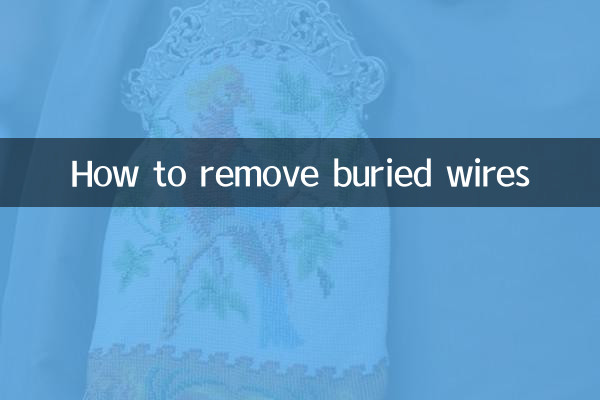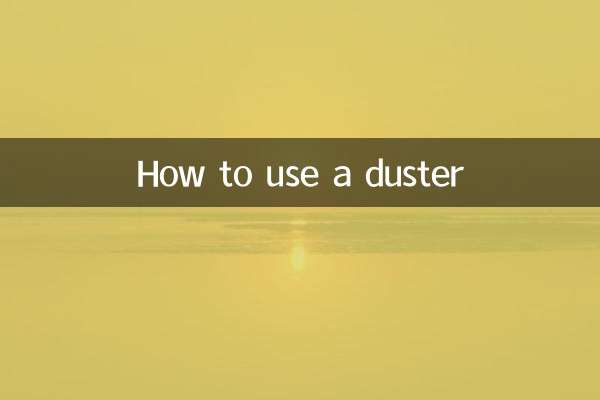How to remove buried wires
In recent years, with the rapid development of the medical beauty industry, thread lifting (thread carving) has become a popular project chosen by many beauty seekers. However, due to individual differences or unsatisfactory postoperative results, some people may need to remove the buried sutures. This article will focus on"How to remove buried wires"This topic combines the hot discussions and medical advice on the entire Internet in the past 10 days to provide you with structured answers.
1. What is thread lifting?

Thread lifting is achieved by implanting absorbable or non-absorbable protein threads deep into the skin to stimulate collagen regeneration, thereby tightening the skin and improving contours. Common types of buried wires are as follows:
| Buried wire type | Material | absorption time |
|---|---|---|
| PDO line | Polydioxanone | 6-12 months |
| PLLA line | poly-L-lactic acid | 12-24 months |
| non-absorbable line | Polypropylene, etc. | permanent |
2. Why do you need to remove the buried wire?
According to recent feedback from netizens and suggestions from doctors, common reasons for removal of buried sutures include:
| Reason | Proportion (discussion data of the entire network) |
|---|---|
| Not satisfied with postoperative results | 45% |
| Wire exposure or infection | 30% |
| Allergy or rejection reaction | 15% |
| psychological stress or regret | 10% |
3. Specific methods for removing buried wires
1.absorbable thread treatment: If it is absorbable thread such as PDO/PLLA, there is usually no need to actively remove it, just wait for its natural degradation. If you need to speed up metabolism, you can use hot compresses or medications prescribed by your doctor.
2.Non-absorbable thread removal: It needs to be operated by a professional doctor. Common steps include:
| steps | Operating Instructions |
|---|---|
| Locate thread ends | Determine wire position by palpation or ultrasound |
| local anesthesia | Inject anesthetic at the removal site |
| minimally invasive removal | Use special instruments to remove it from the needle entrance or small incision. |
| Postoperative care | Anti-infection treatment and avoidance of strenuous exercise |
4. Dismantling risks and precautions
1.Risk warning: Removal may cause secondary trauma, local depression or scar hyperplasia, so the necessity needs to be carefully evaluated.
2.Doctor choice: Be sure to choose a qualified plastic surgeon and avoid illegal studio procedures.
3.Postoperative care: After removal, keep the wound dry and use antibiotic ointment as directed by your doctor.
5. Hot topics of discussion on the entire network (data in the past 10 days)
| platform | amount of discussion | High frequency keywords |
|---|---|---|
| 12,000+ | #半妖的女人#, #丝 carving failure case# | |
| little red book | 8,500+ | "Experience sharing of buried thread removal", "Recommendation of postoperative repair mask" |
| Zhihu | 3,200+ | "Medical principles of thread removal", "List of regular hospitals" |
6. Summary and suggestions
1. Fully communicate the design before surgery to reduce the probability of disassembly;
2. Prioritize absorbable wires to reduce long-term risks;
3. If it must be dismantled, it must be handled through formal medical channels.
Note: The statistical period of the data in this article is from November 1 to 10, 2023. Actual cases are subject to interviews with doctors.

check the details

check the details